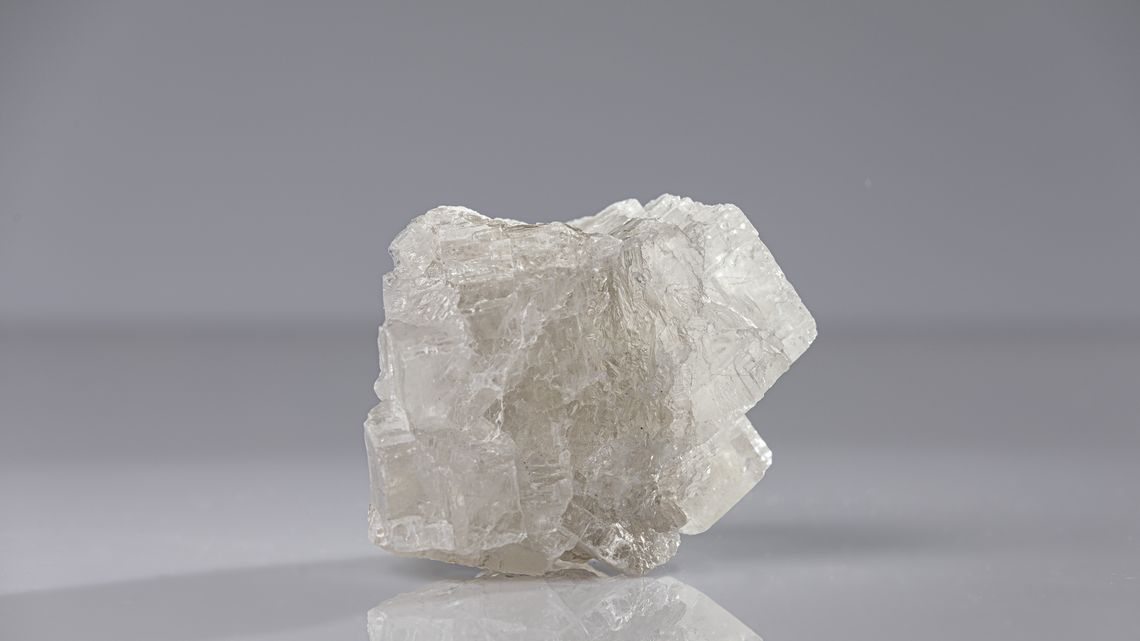
VerA
Compensation of the fractured zone in the salt dome
The fractured zone refers to an area of the cavern contour where the intercrystalline microstructure of the rock salt is damaged due to microcracks, leading to an increase in the permeability of the originally dense rock salt. While a decrease in permeability is expected in the long term due to healing processes, these processes cannot be reliably quantified in terms of speed or their effects on permeability. Therefore, a quality-assured compensation of the fractured zone through injections is imperative to meet the sealing requirements demonstrably. The focus of this work was on numerically simulating the damage processes prevailing in the fractured zone and the associated increase in permeability. The investigations were complemented by mineralogical analyses to evaluate the injection material and reaction products from the perspective of long-term safety. In-situ injections were also conducted at a suitable site in the salt dome to investigate the spread of the hardened injection material. The numerical work included model building and the development of a software package to simulate stress-dependent damage development in rock salt using the Discrete Element Method. Although some limitations had to be made regarding the depth of modeling, and thus the injection process has not been realized yet, the developed approach provides a very good basis for further development efforts in simulating an injection process in rock salt. Chemical-mineralogical analyses show that an injection of water glass in the fractured zone leads to a product that is stable even in the presence of technical and saline solutions, forming long-term stable phases. A decrease in permeability by several orders of magnitude was achieved, indicating a significant sealing effect in the near-surface crack system of the fractured zone.
Contact
Research & Development
info@bge-technology.de
Short Infos
Runtime: 2009 - 2011
Client:
Bundesministerium für Umwelt, Naturschutz, nukleare Sicherheit und Verbraucherschutz (BMUV) vertreten durch das Karlsruher Institut für Technologie, beauftragter Projektträger Karlsruhe PTKA
Funding Code:
02E10649

